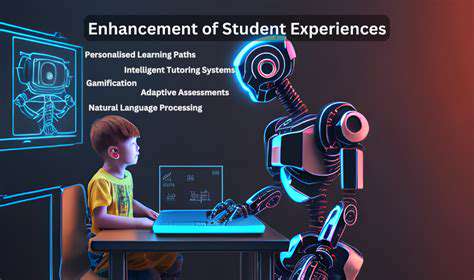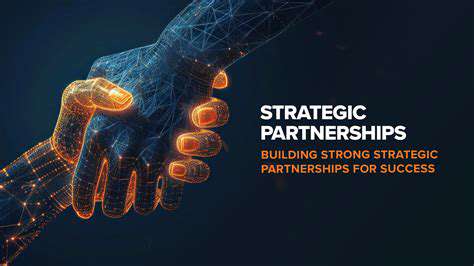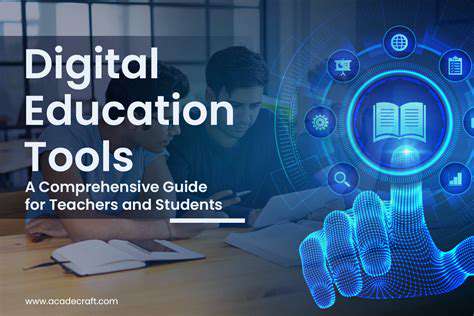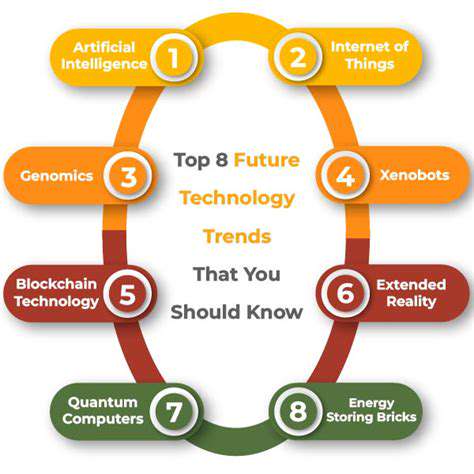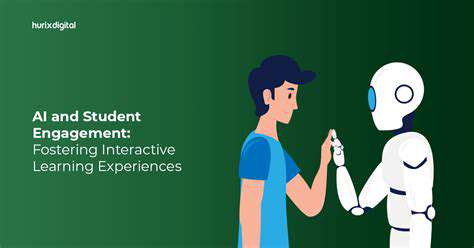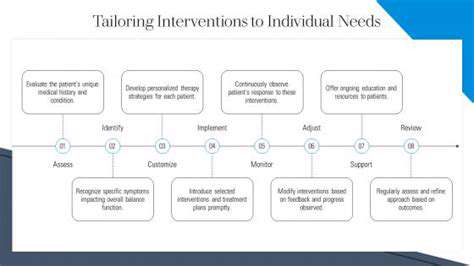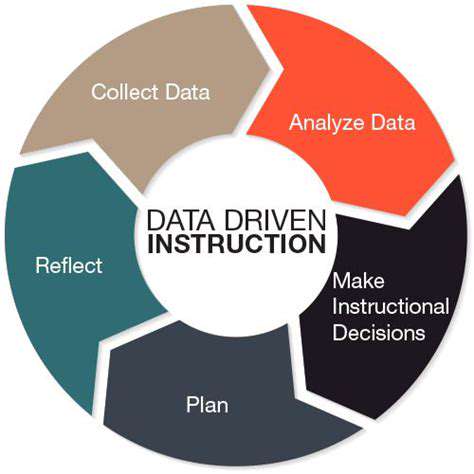Smart Campuses: AI for Student Safety and Security
The Rise of AI-Powered Surveillance
Artificial intelligence (AI) is rapidly transforming campus security, moving beyond traditional security measures. AI-powered surveillance systems, employing advanced image recognition and machine learning algorithms, can now identify suspicious activities, such as loitering, unauthorized access, and even potential threats, in real-time. This proactive approach allows security personnel to respond swiftly and effectively, minimizing risks and enhancing overall safety on campus.
These systems can analyze vast amounts of data from various sources, including security cameras, access control systems, and even social media feeds. This comprehensive approach allows for a more holistic view of campus activity, enabling security personnel to anticipate potential problems and proactively address them before they escalate.
Predictive Policing and Risk Assessment
AI algorithms can analyze historical crime data, demographics, and environmental factors to predict potential hotspots of criminal activity or security incidents. This predictive policing approach allows campus security to proactively deploy resources and implement preventative measures, reducing the likelihood of incidents occurring in the first place. This data-driven approach is crucial for optimizing resource allocation and ensuring that security measures are targeted where they are most needed.
By identifying patterns and trends, AI can help security teams prioritize their efforts and allocate resources more effectively, resulting in a significant improvement in overall campus safety and security.
Enhanced Access Control and Identity Verification
AI-powered access control systems can streamline the entry and exit process for students, faculty, and staff, while simultaneously bolstering security. Biometric authentication methods, such as facial recognition and fingerprint scanning, enhance security and reduce the risk of unauthorized access. This level of precision and efficiency is critical in maintaining a secure and controlled environment.
Proactive Threat Detection and Response
AI algorithms can be trained to identify and respond to various potential threats, including suspicious packages, unauthorized vehicles, and even specific types of behaviors. This proactive approach enables security personnel to react swiftly and effectively, minimizing potential harm and ensuring the safety of the campus community. This rapid response capability is invaluable in mitigating risks and safeguarding campus life.
Improved Emergency Response and Communication
AI can play a significant role in streamlining emergency response protocols. Real-time information gathering, analysis, and dissemination can facilitate faster and more coordinated responses to emergencies, such as fires, medical incidents, or other unforeseen circumstances. This improved communication and coordination is vital in ensuring that emergency services can arrive and intervene promptly, minimizing potential harm and maximizing safety.
Data Analytics for Campus Improvement
AI-driven data analytics can provide valuable insights into campus activities, identifying patterns, trends, and areas needing improvement. This data-driven approach allows administrators to make more informed decisions about resource allocation, infrastructure improvements, and other crucial areas to enhance the overall campus experience for students, staff, and faculty. Through data analysis, security can be better integrated into the fabric of campus life.

Connected TV (CTV) is rapidly transforming the media landscape, offering advertisers unprecedented access to a diverse and engaged audience. With the proliferation of smart TVs, streaming devices, and other connected platforms, consumers are increasingly turning to CTV for entertainment and information. This shift presents both exciting opportunities and significant challenges for advertisers looking to reach these viewers effectively.

Read more about Smart Campuses: AI for Student Safety and Security
Hot Recommendations
- The Gamified Parent Teacher Conference: Engaging Stakeholders
- Gamification in Education: Making Learning Irresistibly Fun
- The Future of School Libraries: AI for Personalized Recommendations
- EdTech and the Future of Creative Industries
- Empowering Student Choice: The Core of Personalized Learning
- Building Community in a Hybrid Learning Setting
- VR for Special Education: Tailored Immersive Experiences
- Measuring the True Value of EdTech: Beyond Adoption Rates
- Addressing Digital Divide in AI Educational Access
- Preparing the Workforce for AI Integration in Their Careers
